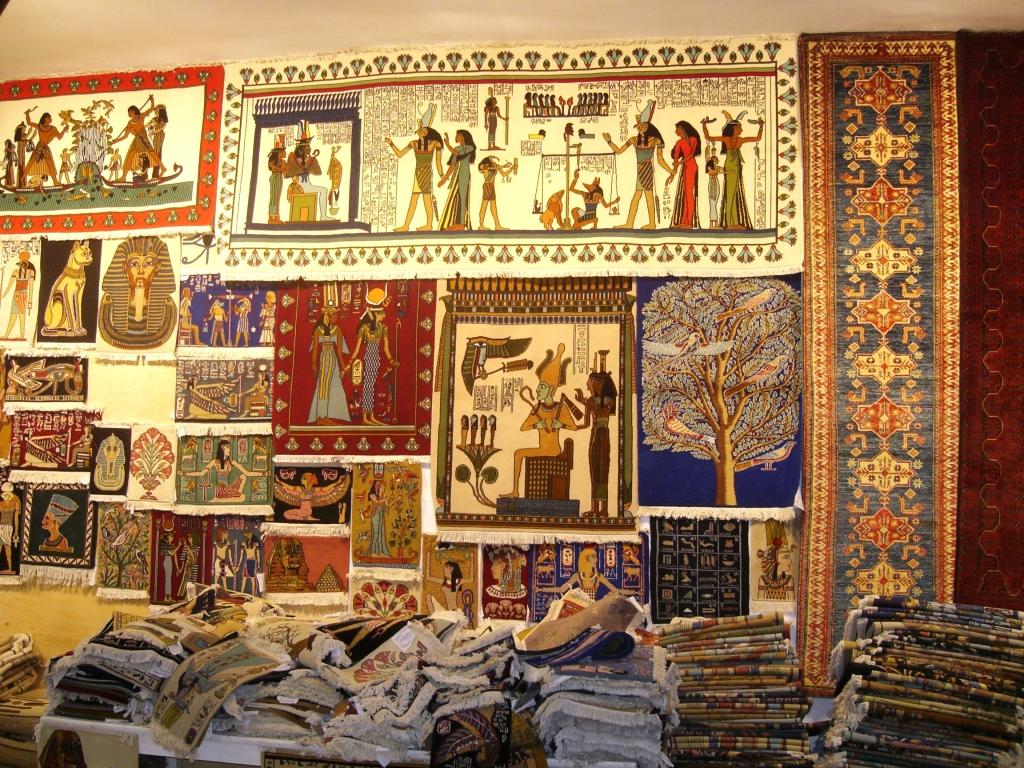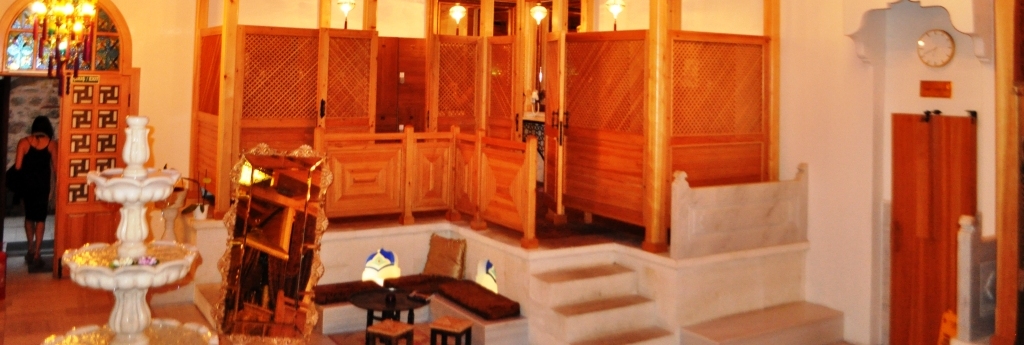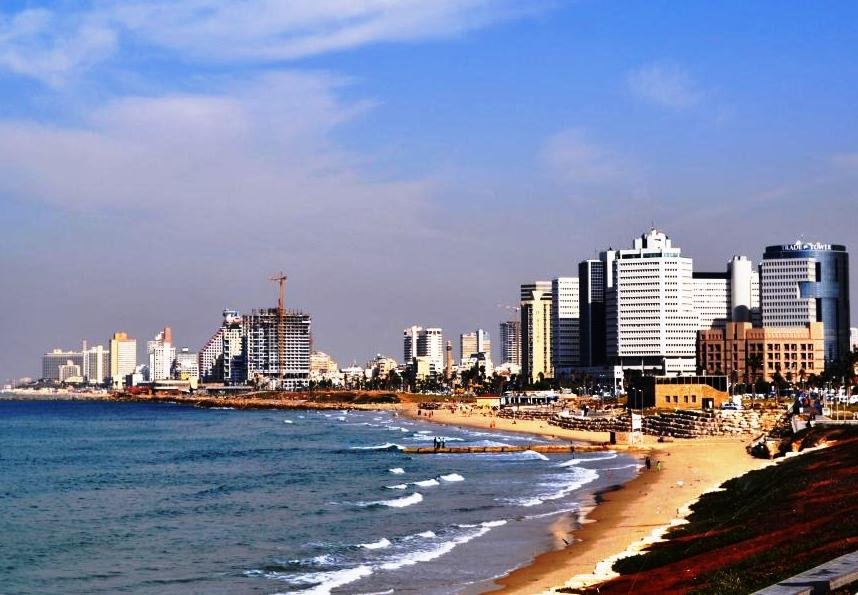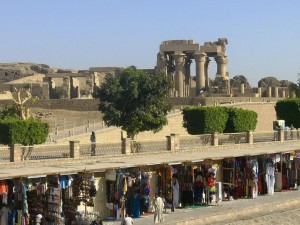
“When you come out, you must walk like a camel,” says Mohammed.
We are getting ready to tour the Valley of the Kings, and Mohammed is telling us where and when we will meet after we split up to explore on our own. Apparently, there is a souk we must walk through to get back to the entrance and our bus. And apparently, we must “walk like a camel” — looking neither right nor left, stopping for no-one, running over anything in our path. It hardly seems polite, but Mohammed insists. Just to make sure, he demonstrates for us, looking a bit like a New Yorker moving though a crowd to grab the last taxi in a rainstorm during rush hour.
Egyptian markets are cornucopias of the colorful and warehouses of the wondrous, but they get no points for subtle salesmanship. At the exit of the Valley of the Kings, vendors have precisely one change to snag a tourist’s attention and a sale. Glance in the direction of a pretty bauble or a beckoning scarf, make eye contact with a vendor, and BAM! all is lost: You may as well open your wallet and dump it on the ground. Yet, even if you overpay — and I guarantee it, you will — the prices will seem mostly reasonable. Still, Mohammed had a job to do: Get a group of wandering-eyed shoppers onto a bus. He made us promise: Walk like a camel.
In Your Bucket Because…
- You’ve never been to a place before where you can buy alabaster, frankincense, and a hookah.
- You’ve honed your bargaining skills in gentle destinations like Mexico and Thailand: Now it’s time to go up against the big boys.
- Good for: Lovers of the exotic and the mysterious.
Most travelers visit Egypt’s main historic ruins on guided trips, and never fear: There is plenty of time for shopping in souks, in tourist markets, in papyrus and alabastar “factories,” in perfume shops and jewelry stores and the workshops of carpet makers.
Here’s a list of some souvenirs that are likely to catch your eye — and will still look good when you bring them home.
Egyptian Handmade Silk and Wool Carpets
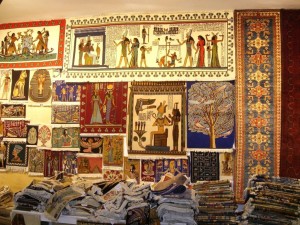
Let’s start at the high end: Hand-made rugs are a traditional middle-Eastern souvenir, but if you visit one of the carpet-making schools in Saqqara, you’ll get a bit of an education along with your purchase. Saqqara is the town near the famous step-pyramid of the same name. (It’s the oldest stone building in the world, and is also the site of one of Egypt’s most recent important archaeological finds). Carpet-making is a cottage industry here, and children spend part of their school-day learning and practicing the time-honored skill, which can lead to adult employment.
Hand-made Egyptian carpets come in three styles: Silk knotted rugs, wool knotted rugs (a mixture of wool and camel hair), and kilims, which are woven on a loom, not knotted. Tourists can visit the factories (really workshops, each with several looms and a well-lit sales room) and see how the knots are made (You may even be invited to try and tie a few yourself). Prices are somewhat fixed, and they aren’t low: Ask for a “discount” and you may get 10 to 20 percent knocked off. Credit cards are accepted, and shipping to the United States is included. Prices range from $50 or so for a small student-made wool rug suitable as a small wall hanging to thousands of dollars for 8 x 10 silk masterpieces.
Papyrus Paintings Showing Egyptian Hieroglyphics
Papyrus is the traditional symbol of Lower Egypt (which is, confusingly to westerners, the northern part of Egypt; the Nile runs from south to north). Fibers from the papyrus plant were used to makde the world’s earliest paper. First the papyrus was soaked in water, then it was pounded into fibers that were formed and dried into sheets of paper.
The process is demonstrated in papyrus workshops (most guided tours will include a visit to one). Paintings on papyrus are most often prints, not actual original paintings. However, personalized characters or hieroglyphs can be added to some. (For example, I bought a print of a cat that had room for my cats’ names to be added in Egyptian hieroglyphics — for an extra charge, of course.) In the souks, the prints may be on imitation papyrus. You are more assured of getting genuine papyrus in the so-called “papyrus museums” or “factories.” Prices range from $5 American on up to $100 or more depending on size. An average print about 12 x 15 might run about $30 U.S.
Alabaster Vases and Carvings from Luxor
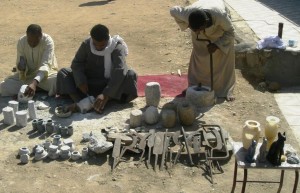
Alabaster “factories” are ubiquitous around Luxor, where the pink, orange, and purple-hued desert stone is carved into small decorative sculptures and vases. Like the carpet factories, these family stalls are more like workshops than actual factories. Visitors can watch alabaster being turned from a hunk of heavy rock to glass-like vases so fine that light shines through them. A small handmade alabaster vase might cost around $20 or $30; a machine made one might run $5 – $10, depending on size.
Jewelry and Egyptian Cartouches
One of the most popular Egyptian souvenirs is a cartouche. The idea dates to pharaonic times, when each pharaoh’s name was written in hieroglyphics inside an oval “cartouche.” Today’s vendors translate western names into hieroglyphics and create handsome pendants in gold and silver. Prices can range from $25 or so for a thin silver cartouche to more than $800 for a heavy, large gold one. Visitors should be sure they trust their guides to lead them to shops where prices are reasonable for the quality of metal provided. But remember that this can be a big-ticket purchase, and many guides get commissions. Do some comparison shopping before you commit.
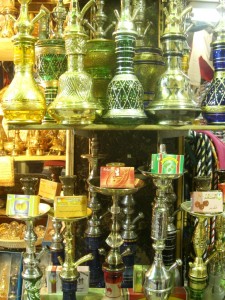
More Souvenirs
Most of the major historic sites are surrounded by a gauntlet of markets and stalls. In southern Egypt some of the souvenirs have a sub-Saharan feel, with Nubian musical instruments and masks similar to those sold at markets in East Africa.
Other popular tourist items include books and post cards, which is a great way to remember the trip, beads (many made in China), scarves (expect to pay $3 – $10, depending on bargaining skills), Egyptian cotton shirts and robes, waterpipes and candle holders, and a range of trinkets, many peddled by children for a dollar a piece
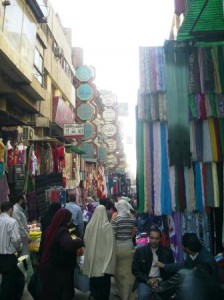
The Khan el-Khalili Market is one of Cairo’s best known markets. The entrance is a bit overwhelming, with aggressive salespeople beckoning at every turn and overstuffed shops crammed with colorful water pipes, glass bottles containing mysterious lotions and potions, fabrics, and spices (some of dubious identity: Be sure you know what saffron IS before you succumb to someone selling something that may or may not be the real thing).Practicalities
- Negotiating in Egypt is always appropriate: At hotels, river cruise ships, and museums, prices may be somewhat fixed; ask for a discount, anyway. The same goes for “factories” where locally-produced goods like carpets, papyrus, and alabaster vases are made. These workshops have less flexible prices than the souks, but discounts of 10 to 20 percent are usually available.
- Women might be more comfortable tackling the Khan el-Khalili Market in pairs or groups. I went alone, and even with all my sense on high alert, found myself following persuasive salesmen through narrow crooked alleys into mysterious little cubbies of shops. More than once I wondered at my foolishness in allowing myself to be led into such a vulnerable situation, and there were a couple of uncomfortable moments when a salesperson’s friendly smile seemed to turn into something more sinister in an isolated little cubicle.
